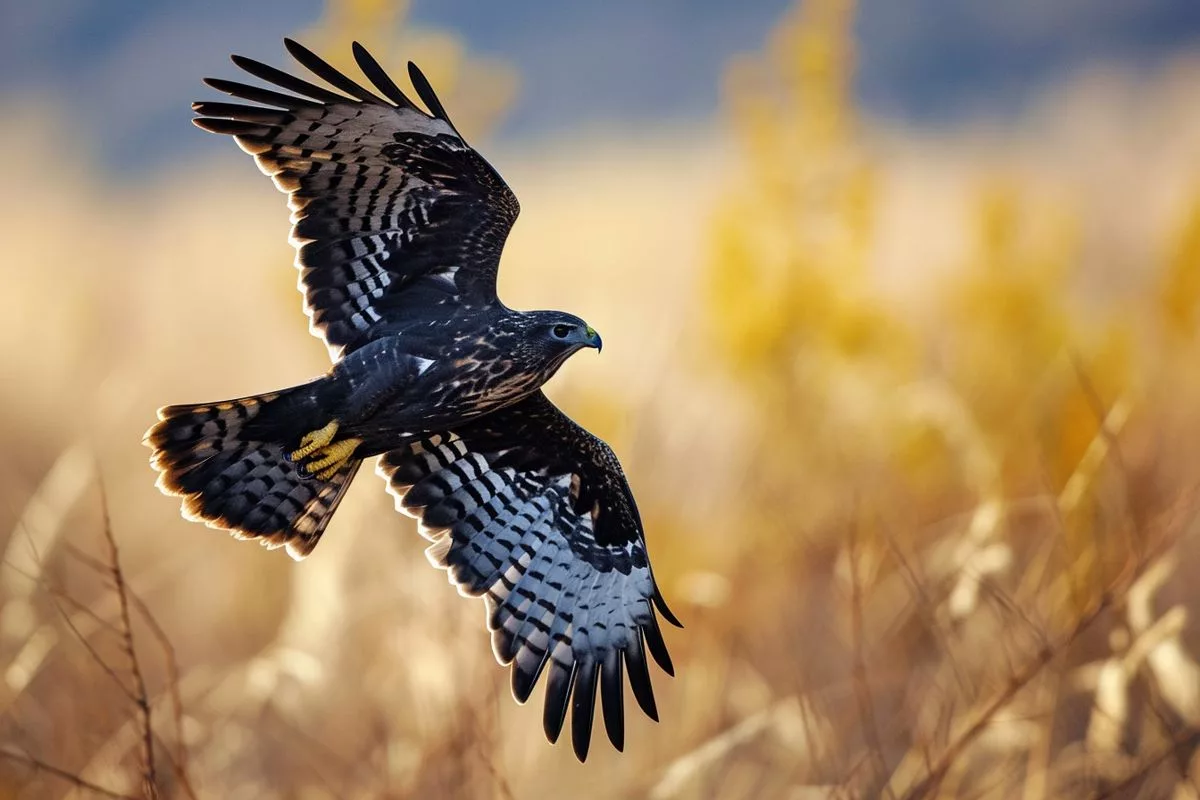South Africa is leading the way in renewable energy with the groundbreaking Oya Energy Hybrid Facility and Umoyilanga Energy projects, the first-ever hybrid renewable independent power producer programme projects in the country. These initiatives blend wind, solar, and battery storage to reduce carbon emissions and manage peak energy usage periods. The projects are expected to generate close to 4,000 employment opportunities and infuse 5,000MW of new generation capacity into South Africa’s power grid, reflecting the country’s commitment to harnessing renewable energy resources for a sustainable future.
Pioneering Hybrid Renewable Energy Projects
South Africa’s Oya Energy Hybrid Facility and Umoyilanga Energy project are the first-ever hybrid renewable independent power producer programme projects in the country. These groundbreaking initiatives blend wind, solar, and battery storage on an unmatched scale, playing a crucial role in managing peak energy usage periods and reducing carbon emissions.
South Africa is navigating its way towards a sustainable future with the initiation of two groundbreaking renewable energy ventures. The inaugural project, the Oya Energy Hybrid Facility, boasting an impressive capacity of 128MW, finds its home in Matjiesfontein in the Western Cape. The second project, the 75MW Umoyilanga Energy venture, stretches from Avondale in the Northern Cape to Dassiesridge in the Eastern Cape.
These energy ventures are key pillars of Bid Window Seven (BW7), a component of the Renewable Energy Independent Power Producers Procurement Programme (REIPPPP). The cutoff for applications in this stage is earmarked for April 30, 2024. These innovative ventures together are expected to accumulate a staggering R14.6 billion in investments. Additionally, they are predicted to generate close to 4,000 employment opportunities throughout their construction and operational stages.
This daring initiative is set to infuse 5,000MW of new generation capacity into South Africa’s power grid. A significant chunk, specifically 3,200MW, of this power will be wind-powered. This strategy reflects the nation’s dedication to harnessing the ample renewable energy resources at its disposal for a robust and secure energy future.
Pioneering Hybrid Renewable Energy Projects
These initiatives are not only unique in their methodology but also groundbreaking in their impact. These projects, due to become operational in 2025, are the first-ever hybrid renewable independent power producer programme projects in South Africa. They offer a unique blend of wind, solar and battery storage on an unmatched scale.
Their functioning will play a crucial role during peak usage periods, assisting South Africa in managing its urgent energy issues and reducing the effects of load shedding. This forward-thinking measure will not only enhance the nation’s energy stability but also set the stage for a significant decrease in carbon emissions.
The Bid Window Seven (BW7) adopts a different approach from the traditional geographically neutral one, taking into account South Africa’s grid limitations. The department mandates bidders to assess available supply areas based on the 2025 Transmission Network’s Generation Connection Capacity Assessment (GCCA).
The Role of Continuous Procurement and Grid Capacity
Niveshen Govender, the Chief Executive of the South African Wind Energy Association, emphasizes the importance of ongoing procurement to attract market investment and minimize risks. He notes that for a successful bid window, the industry must address outstanding critical issues requiring clarification, particularly those related to grid capacity and its allocation.
Govender continues to express that the industry will carefully analyze the bid window document to understand its implications for future projects. He asserts that engagement with Eskom, South Africa’s primary electricity provider, will continue until these challenges are resolved.
South Africa’s Commitment to a Sustainable Future
The scale of these projects demonstrates South Africa’s unwavering dedication towards a sustainable and resilient future. The successful execution of the Oya Energy Hybrid Facility and the Umoyilanga Energy project will not only herald a new era in South Africa’s energy sector but also set a standard for other countries to follow. It contributes to the global effort of transitioning to a green energy future, mitigating the detrimental effects of climate change.
In conclusion, South Africa’s ambitious renewable energy plans emphasize the country’s commitment to sustainable energy sources and the reduction of carbon emissions. The success of these projects will not only create jobs and propel economic growth, but it will also serve as a beacon for other nations seeking to transition to renewable energy sources.
What are the Oya Energy Hybrid Facility and Umoyilanga Energy projects?
They are the first-ever hybrid renewable independent power producer programme projects in South Africa, which blend wind, solar, and battery storage to reduce carbon emissions and manage peak energy usage periods.
What is the expected impact of these projects?
They are expected to generate close to 4,000 employment opportunities, infuse 5,000MW of new generation capacity into South Africa’s power grid, and reduce the effects of load shedding.
When will these projects become operational?
These projects are due to become operational in 2025.
What is Bid Window Seven (BW7)?
Bid Window Seven is a component of the Renewable Energy Independent Power Producers Procurement Programme (REIPPPP) in South Africa. It is a different approach from the traditional geographically neutral one, taking into account South Africa’s grid limitations.
What is the role of continuous procurement and grid capacity in these projects?
Continuous procurement is essential to attract market investment and minimize risks. Grid capacity is also a critical issue requiring clarification, particularly in its allocation.
What does the success of these projects signify for South Africa?
The successful execution of these projects signifies South Africa’s dedication towards a sustainable and resilient future, contributing to the global effort of transitioning to a green energy future and reducing carbon emissions. It will also create jobs and propel economic growth.










